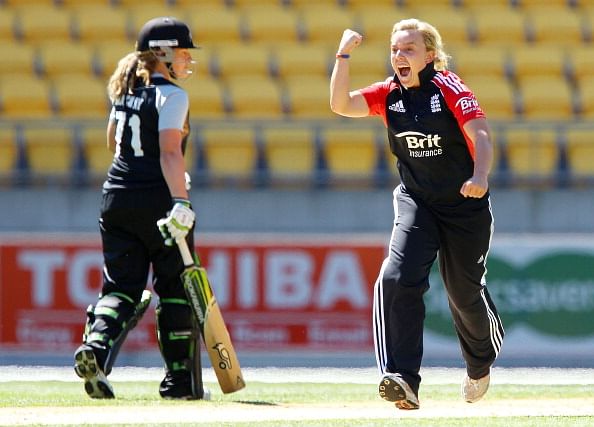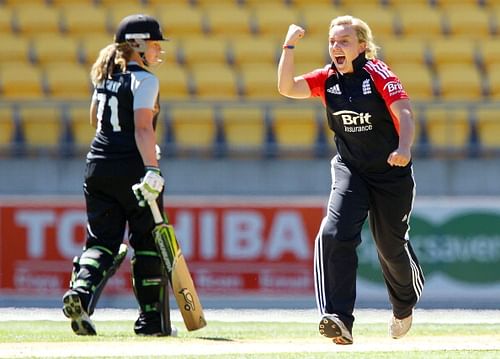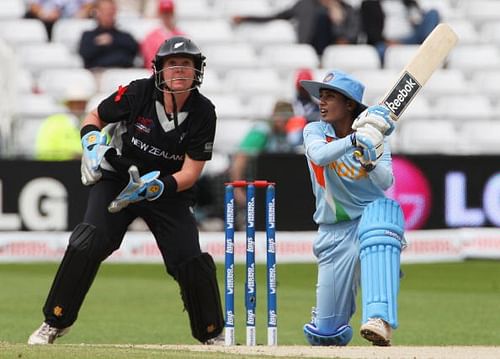
The woman factor: If in tennis, why not cricket?
“Who scored the first ODI double century?” asks the reporter.
“Sehwag!” says one of the them, confidently.
“No, its Sachin!
“It was Belinda Clark of Australia who scored 229 not out against Denmark in Mumbai,” says the reporter, leaving both amazed.
“But how would I know if you don’t show women’s cricket?”
A Star Cricket campaign that aims to spread the word about Women’s Cricket World Cup, is an eye-opener. In a country full of cricket pundits who brag about precise three-decimal statistics, women’s cricket is an alien game. Mithali Raj and Anjum Chopra are the only two household names. No media coverage, no sponsors, and hence no audience. Logical, isn’t it? If someone is not selling it to us, why would we buy it? It is time to change that.

Several questions come to mind. Is women’s cricket as interesting as that of their men counterparts? Do they have the power to hit balls over the fence? Who can hit those clobbering sixes and bowl those chin-music bouncers? Should I watch it for women’s empowerment or entertainment?
Think again; as England’s Holly Calvin states, “We are just as skillful. We might not bowl 90 miles per hour, but we are very happy with the standard we play.”
That is quite a statement. Why can’t they have a charisma of their own? They have the technique, the textbook shots and the craft of spinning; they know swing bowling and how to build partnerships. Why compare them with men’s cricket on the basis of how hard they hit the ball? They’ll bring in their own charm.
Are Serena Williams or Maria Sharapova less popular than Roger Federer, just because they can’t deliver that powerful serve down the opponent’s court? Women’s tennis has both glamour and quality. It has its own image and own audience.
What stops women’s cricket’s popularity then?
Women’s cricket, on a global front, has always faced challenges related to funding. But since its inception, remuneration has increased. Australian and British women teams have gained some recognition in the cricketing circles. The Indian women cricket now has full access to NCA and to top-class facilities and coaches.
Anjum Chopra says, “Unfortunately for us, the link between the players and the top administration, which is the BCCI, is not direct. There is a layer of women’s committee members who are handling the sport. It is good that they’re women, but the other part is that they’re not pushing enough for results from the Indian women’s cricket team. As a result, the Indian team is not performing.”
It is a vicious circle. Popularity exists when an audience does. Audience is brought by media coverage and the hype and sponsorship that comes with it. There is no money pouring in for tours and sponsorship. There are very few matches that are being played, because there is no demand. This chain needs to be broken. How can we expect them to gain as much popularity as the men, if there are no matches?

It probably starts with the thought process in school, where you rarely see girls even thinking of getting together for a game of cricket. Lower the number of girls who play, lesser the number of academies and coaches there would be, ergo, lesser talent honed for the highest level. The ones who play then, are bound to be devoid of the same platform the men get.
This Star Cricket initiative is a noble step. They probably won’t make too much in revenue, but it might just be what could change the attitude of the viewers. The newspapers will only make a front-page feature if India makes the finals. However, this initiative can reach more people. Perhaps someone will switch channels in between and catch a good cover drive, and keep coming back to watch another one.